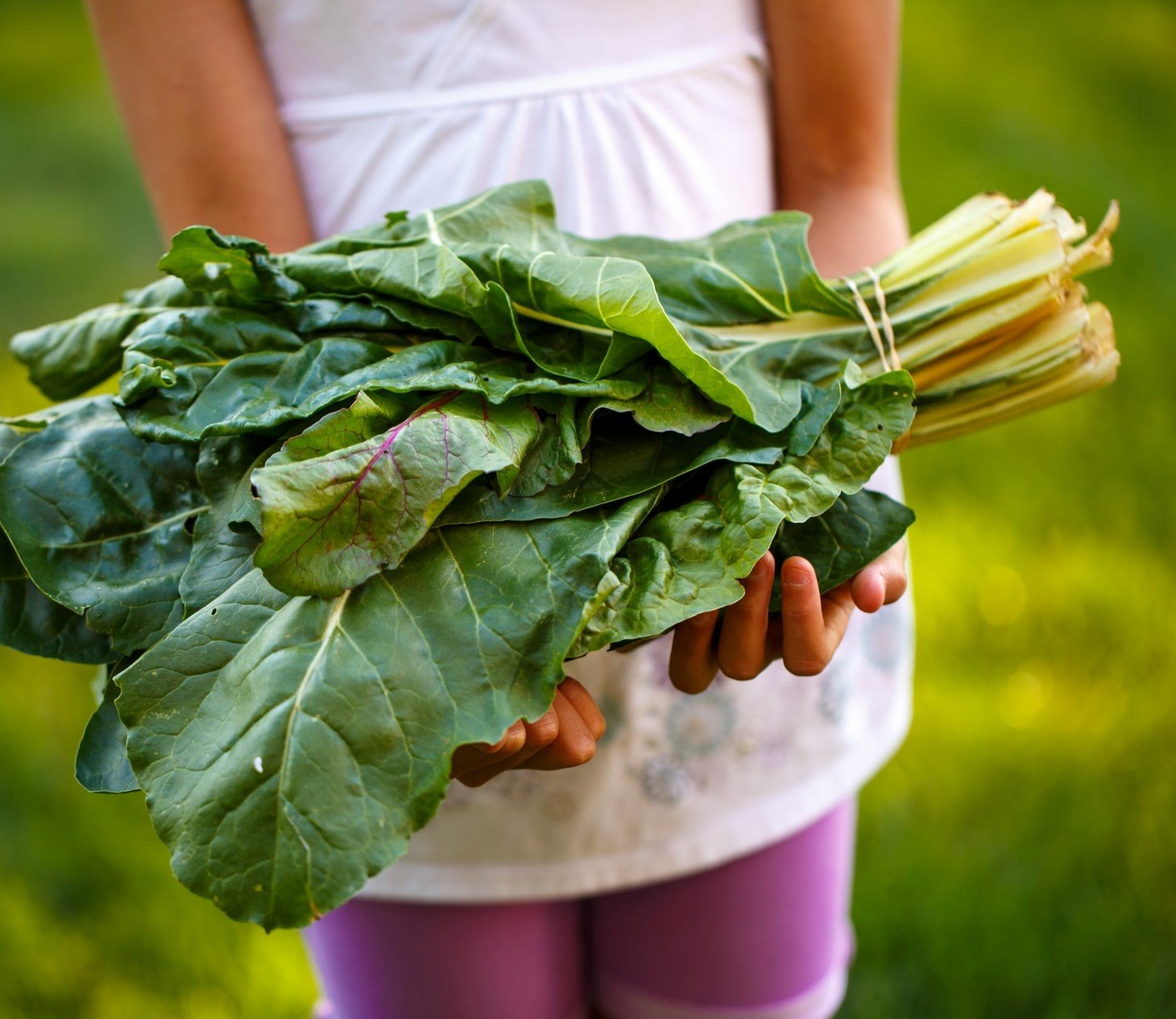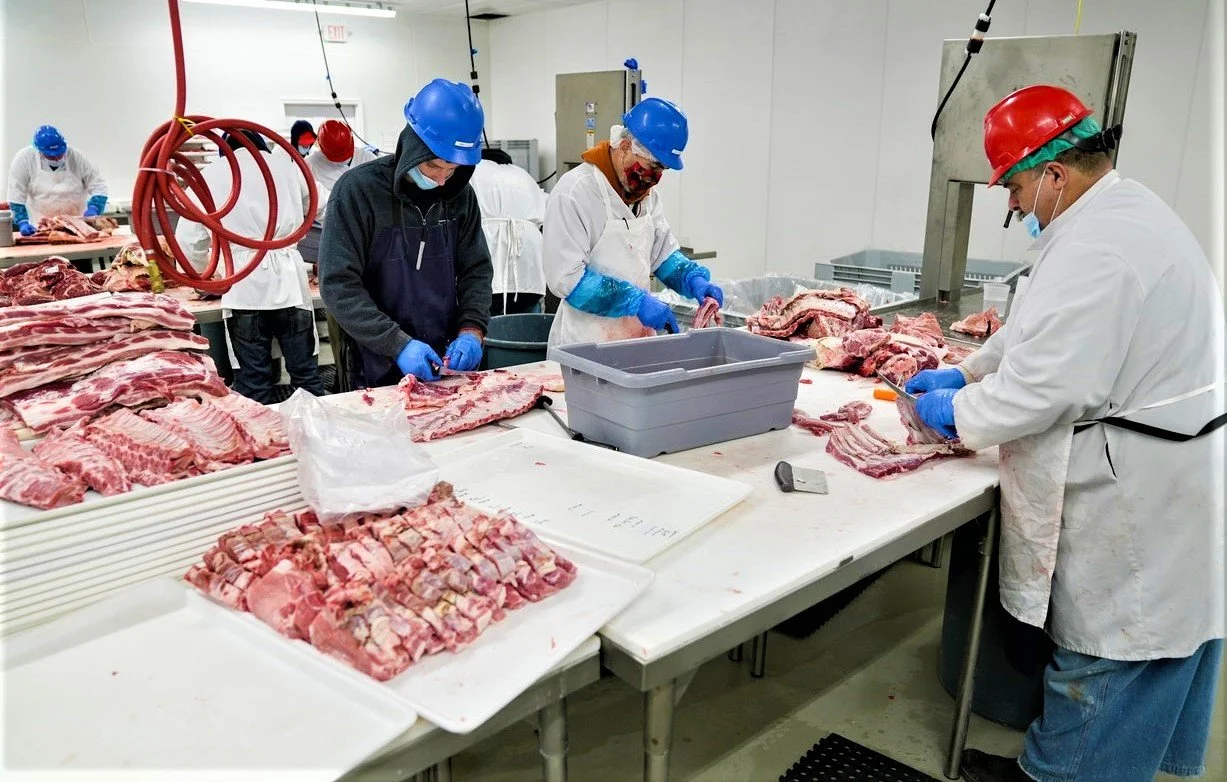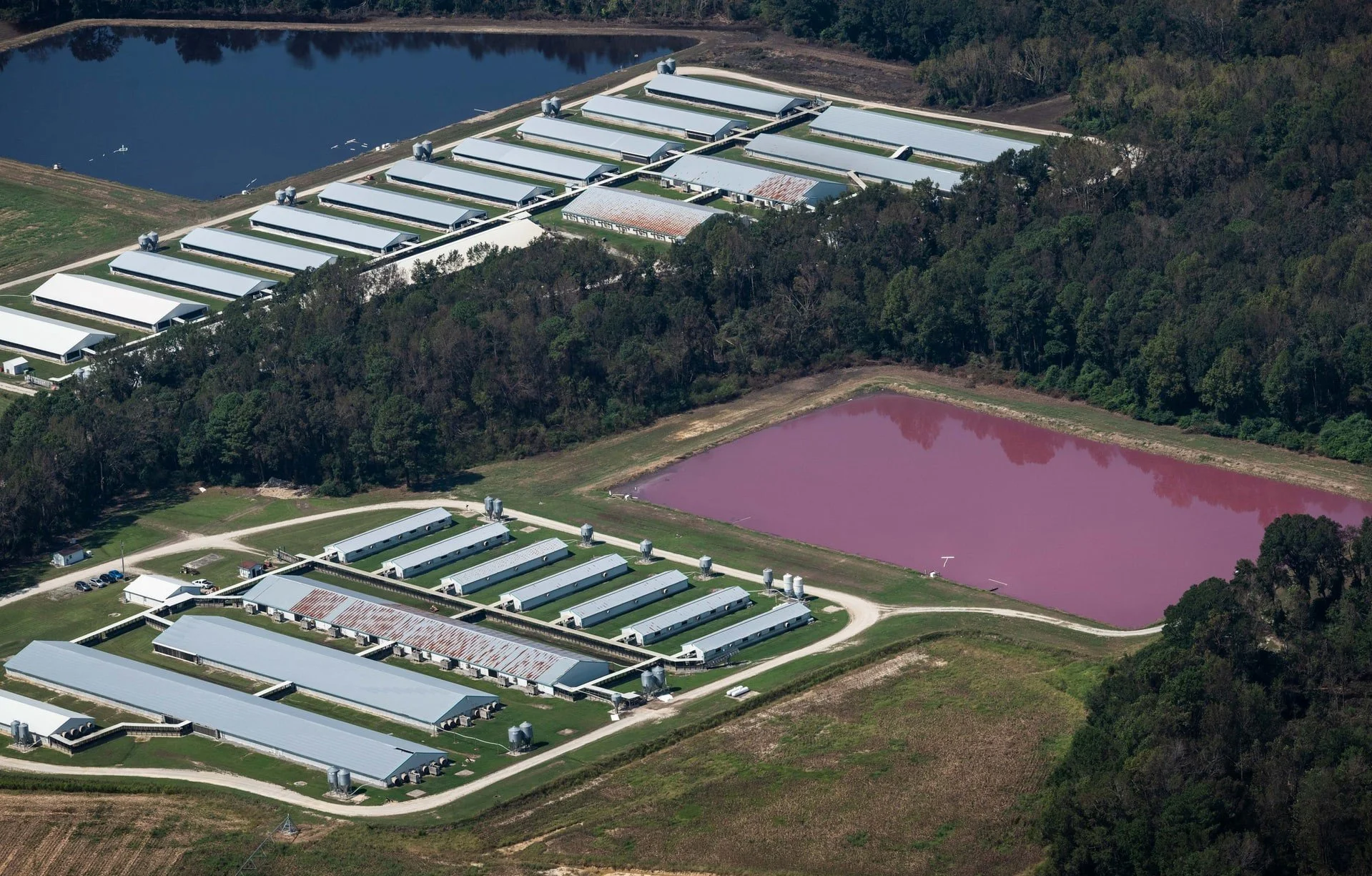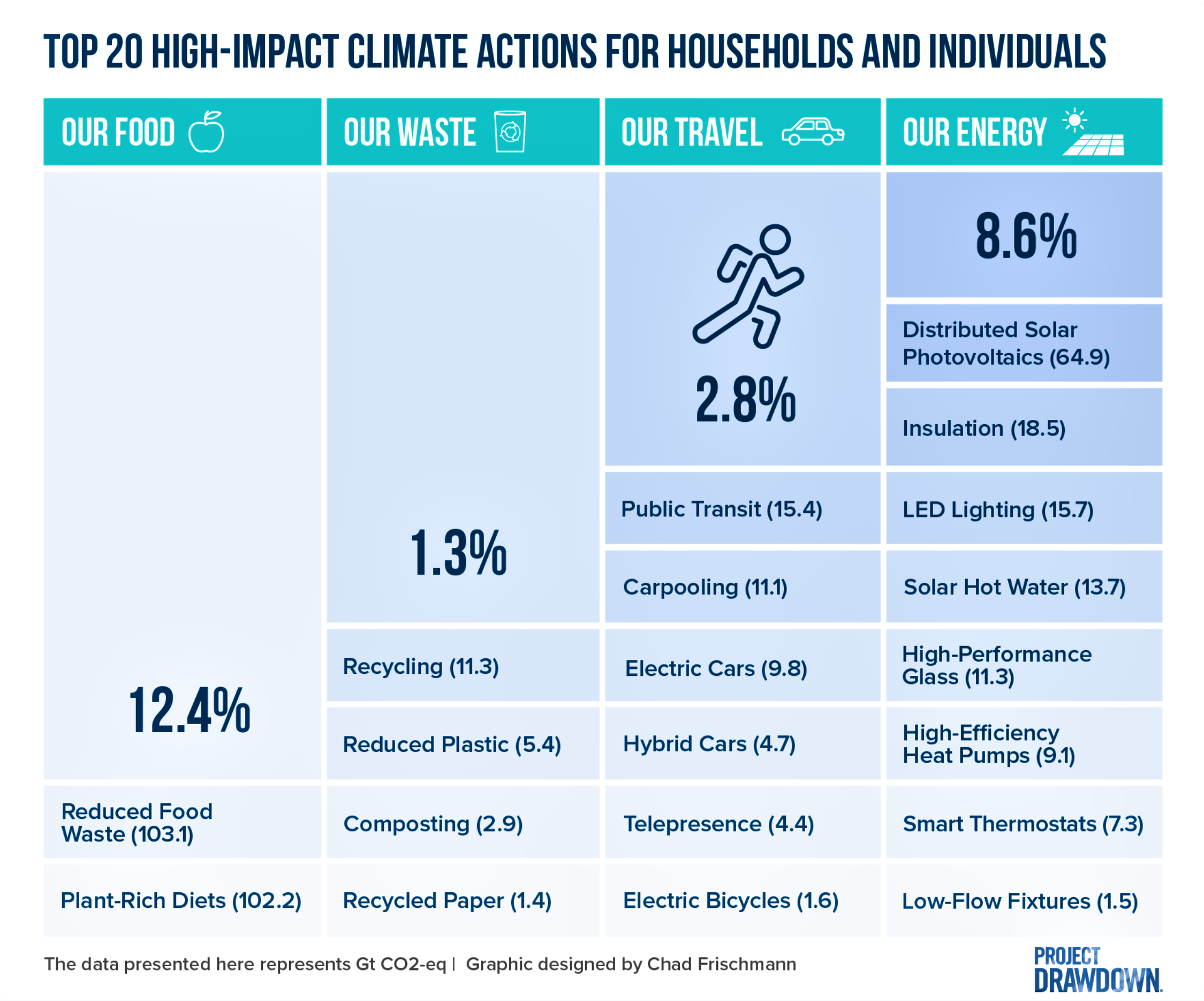Animals
This Is for the Birds
The birdwatching community is helping look for 10 rare bird species. “The Search for Lost Birds” is a collaboration among Re:wild, BirdLife International, and American Bird Conservancy — supported by Cornell’s ebird platform whose 700,000 users have recorded more than one billion birds. None of the 10 bird species has had a documented sighting in the wild in at least 10 years. They disappear due to invasive species, habitat destruction, inaccessible habitat, or scientists just not knowing where to look for them. By reporting sightings through eBird, birdwatchers and citizen scientists anywhere in the world can help find them. The 10 bird species span five continents. Some were lost recently, others for more than a century. Finding their last populations could mean rescuing them from extinction. The black-browed babbler was found in 2021 after not being seen for 170 years.
Food
Artificial Intelligence Powers Chef Giuseppe and Delicious Plant-Based Recipes
A Chilean food tech start-up NotCo, is winning rave reviews for its tasty plant-based food and it’s all down to Chef Giuseppe. It, not he, is a patented algorithm that combines artificial intelligence and molecular science to find new combinations among 300,000 plant ingredients to replicate the taste and texture of animal-based foods. NotCo’s chicken uses pea protein, chickpeas, bamboo and peaches — among other ingredients — for what critics say is the most chicken-tasting alternative on the market. The company is already worth more than $1 billion and includes investors such as Roger Federer, Lewis Hamilton and Jeff Bezos. NotCo’s pineapple-based milk alternative is now available in the US, and its plant-based chicken products are expected to arrive in the US and Canada soon.
the Climate Crisis
Twice the Pay Off
Eating more plants would give rich countries a “double climate dividend” of lower emissions plus more land for capturing carbon says a new study. If the 54 high-income countries ate more plants, this would cut agricultural emissions by almost two-thirds and free up an area larger than the European Union. Animal-based foods produce 10-50x more emissions than plant-based foods, livestock occupies nearly 80% of global agricultural land (yet produces only 18% of the world’s calories), and animal-derived products drive 70% of food-system emissions in high-income countries. The study is based on the mainly plant-based EAT-Lancet planetary health diet, widely considered optimal for human health and environmental sustainability. The study adds that if the freed-up land reverted to its natural state (forests and grasslands) it would also address water and air quality and biodiversity issues.
words of wisdom
“When it comes to climate change, we are all in the writer’s room right now, deciding how the story unfolds and how it ends … we can’t just sit back and watch. We are not an audience. Like it or not, we are in this story.”
— Adam McKay, creator and director of the apocalyptic Netflix film “Don’t Look Up” that uses a comet hurtling towards Earth as a metaphor for the climate crisis.
“When you do something that makes the world a little bit better, it makes you feel good. If you feel good, you want to feel better so you do more.”
— Dr. Jane Goodall
perspective
Has Canada Reached Peak Meat?
Meat consumption is growing globally but a handful of countries are bucking the trend. Their appetite for meat is in decline. Given that reducing meat consumption is key to lowering greenhouse gas emissions this is an intriguing finding from a recent study published in the journal Animals. Furthermore, the researchers argue that three of the nations witnessing declining meat consumption — New Zealand, Canada, and Switzerland — have reached ‘peak meat’, a point beyond which increasing income no longer tracks with increasing consumption of beef, chicken, mutton and pork.
The study tracked meat consumption levels in 35 countries between 2000 and 2019 and combined this data with data on gross domestic product (GDP), a measure of the size and health of a country’s economy.
The analysis showed that overall meat consumption rose globally with people consuming an average 4.5 kilograms more meat in 2019 than in 2000. However, it’s the consumption of chicken that has ramped up significantly across almost all of the countries studied – especially in Russia, Malaysia and Peru – which is only somewhat better for the environment and much worse if you care about animal welfare and the growing threat of avian disease.
Not everyone is eating more meat, however. Nine countries in the sample are actually eating less, including Nigeria, Ethiopia, and Paraguay – seemingly driven by unpredictable weather, and increasing incidence of disease which is causing a decline in the numbers of livestock and therefore limiting the availability of meat.
But when viewing those nine countries through the lens of GDP, the researchers discovered that in three of the nine nations — Canada, Switzerland, and New Zealand — increasing GDP is matched by declining rates of meat consumption. That’s unexpected given that higher GDP typically reflects more per capita income, which historically has tracked with consuming higher cost meat.
Photo: Garrett Butler on Unsplash
It seems these very wealthy, high-GDP nations are voluntarily moving away from beef, chicken, pork and mutton. Or, as the researchers put it, they’ve reached ‘peak meat’.
The economic tipping point for this shift in countries where GDP does track positively with meat consumption seems to be US$40,000 GDP per capita. Beyond that figure, the per capita consumption of meat begins to decline as people voluntarily shift away from meat.
The researchers hypothesize the contributing factors behind the shift are growing health awareness, the rise of animal rights movements, and vegetarianism. Policy seems also to have played a powerful role. In Canada for example, limiting the national consumption of red meat is part of an official government healthy-eating strategy.
The voluntary decrease in meat consumption in countries where it was historically highest, may be a leading indicator of where the world is headed. Shifting attitudes towards eating meat, combined with the increasing availability of plant-protein alternatives, means “the period ahead is likely to be very different,” said the researchers.
nurture nature
Juvenile King penguins on South Georgia Island. Photo: Ian Parker on Unsplash
deeper dive
Manure lagoons at a pig factory farm. Photo: Jo-Anne McArthur @weanimalsmedia on Unsplash
Lifting the Lid on Another Big Ag Secret
Have you seen the latest Netflix documentary PooSpiracy? Well, no, because they haven’t made it yet.
But such a film would show we are knee-deep in a little known but huge problem created by the livestock industry. One that we don’t think about and, naturally, don’t want to think about. It’s the climate, health and environmental impact of animal manure from billions of farm animals.
“The scale and extent of the problem are severe, but remain underreported. How protein companies (mis)manage animal manure has significant implications for human health, climate change and biodiversity loss, and consequently for their continued licence to operate,” according to the 4th Coller FAIRR Protein Producer Index.
The recent report is produced by the authoritative risk/return experts at FAIRR, the $47 trillion investor coalition that measures the environmental, social and governance (ESG) risks of the 60 biggest producers of meat, seafood and dairy globally, including the impact of Big Ag’s manure problem.
Why Does It Matter?
“The numbers are staggering. The volume of waste produced by the 70 billion animals processed per year is equivalent to the waste produced by twice the entire global human population,” the FAIRR report says.
Don’t think we’re knee deep in it? Check out this map.
The largest meat companies produce manure equivalent to the populations of the above countries.
Also, animal waste is a significant source of methane (Ag is the #1 source of anthropogenic methane globally, mostly from livestock) and nitrous oxide, two of the most powerful GHGs. And beyond the sizable contribution to the climate crisis, it pollutes air, water and soil beyond the farm gate and carries with it impacts for human health.
“Failures from methane to manure management underline the growing sense in the market that cows are the new coal,” said Jeremy Coller, Founder & Chair, FAIRR Initiative.
How Did We Get Here?
Old MacDonald had a ……. well, you know. What our favourite farming nursery rhyme didn’t mention was that Old Mac had a manure management system (and not just because it didn’t rhyme). But the modern factory farming system will make us sing ……. EE-I-EE-I-O. M. G!
The traditional farm of 50 years ago included a mix of animals and cropland. There were moderate numbers of cows, pigs and chickens and the amount of manure they generated could be used to fertilize the land. The system was in balance.
But factory farms cram thousands of animals into buildings where they generate huge amounts of manure. One dairy cow produces up to 130 pounds of manure a day! And pig operations fill huge lagoons, some of which hold two million gallons of liquid manure (we won’t dwell on the equivalent number of Olympic-sized swimming pools). Lagoons can leak or be flooded by extreme weather and factory farms don’t have enough cropland to absorb the huge amount of animal waste.
What Can We Do?
The revelations in the FAIRR report show that it’s time to raise a stink.
Governments have strict regulations for human waste, but not for animal manure. FAIRR says the livestock industry faces growing scrutiny and regulation. And now governments ranging from the Netherlands, US, and India are bringing in new measures to control the problem.
Dressing up manure as a green source of biogas is not a solution either, as it perpetuates the status quo. However, one bright spot is the flexitarians who are following a plant-rich cuisine because alternative proteins have a significantly smaller climate footprint and no poo-print whatsoever!
Cages: the long goodbye
There’s been major progress in ending one of factory farming’s worst inventions: the battery cage, according to respected farm animal protection expert, Lewis Bollard at Open Philanthropy. The European Commission has promised to ban almost all cages and crates for over 340 million farm animals across the EU in what would be the biggest animal welfare reform in history. One-third of US hens, over 100 million animals, are now cage-free thanks to corporate cage-free commitments and several state bans on the sale of eggs from caged hens. Hen flocks in France and Italy are now 64% and 60% cage-free respectively, and Ukraine has announced it will replace battery cages with larger enriched cages for its 90 million hens. Seven of China’s top 20 egg producers now, or will soon, offer cage-free eggs and advocates have won pledges to eliminate cages from the global supply chains of giant fast food companies like Yum Brands (KFC, Pizza Hut, Taco Bell), and Inspire Brands (Arby’s, Dunkin’). According to The Humane League, 85% of corporate commitments to go cage-free by 2020 have been fulfilled, while Compassion in World Farming says 71% of major companies with cage-free pledges are reporting progress and 28 companies implemented their pledges this year.
Good news
Upcycle Your Beer
All that pandemic pilsner we’re drinking has several knock-on effects and one we might not think of — food waste. Every year, beer makers generate more than 20 billion pounds of spent grain in the US alone, most of which gets thrown away or ends up in animal feed. But an innovative US company ReGrained, is re-purposing this waste ingredient into a finely-milled toasted flour. It’s an example of upcycling, a growing sector that recycles food waste — worth $47 billion globally in 2019.
The company says the upcycled grain product has more than triple the dietary fibre of wheat flour and twice the protein of oats. It’s used to produce nature bars, pastas, cereals, smoothies, nondairy milks and coatings for plant-based meats. Each pound of SuperGrain+ prevents the CO2 equivalent of burning one pound of coal and saves 300 gallons of water.
Paid to Go Wild
English authorities are taking an innovative approach to support farmers who want to reduce the climate and environmental impact of current agricultural practices. A two-year pilot project will pay farmers to rewild portions of their land, covering up to 25,000 acres initially.
Measures eligible for annual payments will include planting more trees, restoring peatlands or wetlands, protecting soil and leaving space for wildlife habitats. The project’s goal is “to work with farmers and land managers to halt the decline in species, reduce our greenhouse gas emissions, increase woodland, improve water and air quality and create more space for nature.” In the next 20 years, the goal is to expand the scheme to 750,000 acres.
Thought for Food
With billions of dollars already invested in cellular agriculture globally, a new report says Canada has an opportunity to be a player in the food industry of the future.
With the development of products such as meats produced from animal cells and precision fermentation of dairy products, this new sector can help meet the growing demand for protein and help solve the climate crisis. Canada is already an agri-food powerhouse with $62 billion in agri-food exports annually, employing over 500,000 people. The report says cellular agriculture could create up to $12.5 billion in opportunities in food innovation for Canada and create up to 142,000 new jobs but it needs to gear up its scientific expertise, establish a clear regulatory framework and be more supportive of research and commercial development.
Interested in Greening Your Investments?
We are not in the business of giving investment advice but for those who are looking to support more climate- and animal-friendly companies, there’s a new investment vehicle VegTech™ Plant-based Innovation & Climate ETF (Ticker: EATV) — a global ETF of 37 publicly traded plant-based innovation companies which recently launched on the New York Stock Exchange.
According to VegTech, these are companies expected to positively impact planetary health, human health, and animal health, and positioned to leverage the shift towards plant-based innovation poised to disrupt the global food and materials supply chain for a more efficient and climate-friendly food system.
Data Points
Photos: Cell-based beef dishes by Mosa Meats
A new FAIRR report found that private investors invested over $7B in alternative proteins over the last decade, most of it in the last three years. It also found that the largest 25 public food and retail companies mentioned plant-based protein 5x more often in investor reports in 2021 than two years earlier.
The US Department of Agriculture awarded Tufts University $10M to establish a National Center of Cellular Agriculture.
The EU announced €32M in new funding for protein alternatives R&D and dropped plans to impose onerous labeling requirements on plant-based dairy products.
The benefits to children (indeed to everyone) of spending time in nature are well documented and a recent YouGov survey found that only 1 in 10 British children have access to natural areas compared with 40% of adults who say they had access when they were young. The fact is, the more people who care about nature, the better chance we have of preserving it,
Veganuary — the pledge to eat plant-based for January has grown in popularity every year since inception in 2014 and has now reached over two million participants globally. The initiative is also being helped by the growing number of companies who are now promoting it internally with workplace challenges that include providing vegan food at work and morale-boosting campaigns.
charting our path
Worried About the Climate Crisis but Not Sure What to Do?
The above chart from environmental organization Project Drawdown shows 20 high-impact climate actions that individuals and households in high-income countries can take that, cumulatively, would reduce up to 25 percent of future greenhouse gases and avoid dangerous climate change.
“That is a lot higher than most people realize. It’s because we as individuals and households are a part of a broader economic system currently reliant on fossil fuels, from the food we buy, to the electricity we use, to the buildings we live in. While the vast majority of global emissions (70-75 percent) can be reduced directly by the decisions of those who run businesses, utilities, buildings, and governments, our choices as consumers, energy users, tenants, and voters have direct impact in their own right and can affect those decisions by sending signals across the system.” Project Drawdown.
riveting reads
1. A new USDA label: “Low Carbon Beef” is confusing, if not misleading, for consumers trying to go green (Wired). Is there really such a thing as low-carbon beef?
2. Food and climate expert Marco Springmann of the Oxford Martin School, calls out the harmful impact of Ag subsidies (The Conversation). Meat and dairy gobble up farming subsidies worldwide, which is bad for your health and the planet
3. The unappreciated connection between the auto industry and deforestation (The New York Times).
How Americans’ Appetite for Leather in Luxury SUVs Worsens Amazon Deforestation
4. Five myths that fuel the rejection of science illustrated by the Netflix movie “Don’t Look Up” (The Conversation). "Don’t Look Up”: Hollywood’s Primer on Climate Denial Illustrates 5 Myths That Fuel Rejection of Science
5, Can awareness of the environmental impact of our food change the way we eat? (The Independent). Customers Shun Red Meat After Carbon Footprint Added to Weekly Shop Receipts













